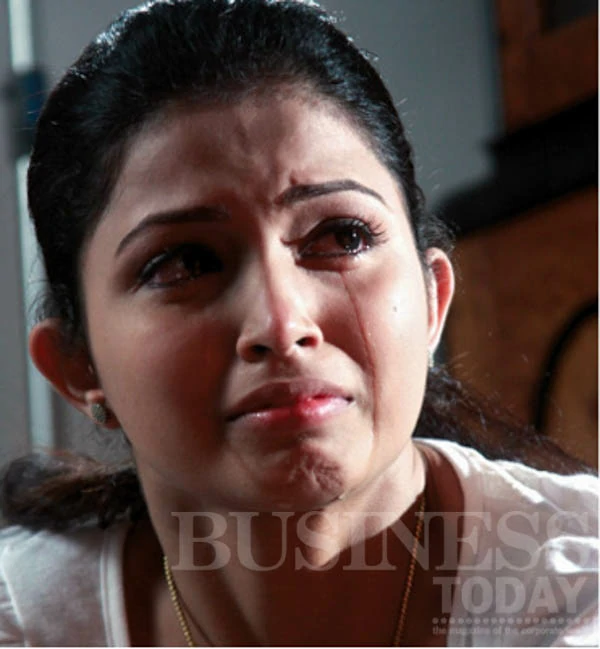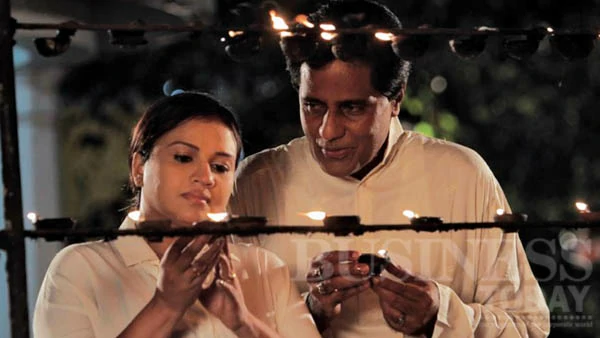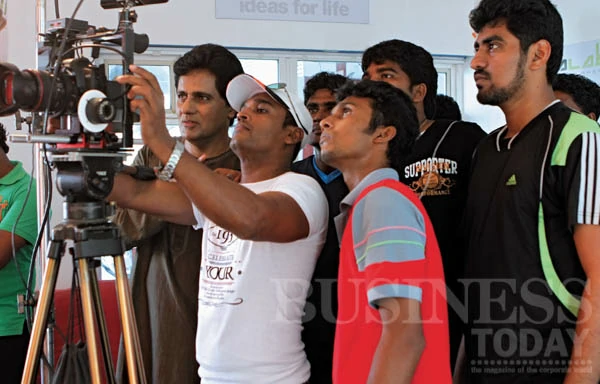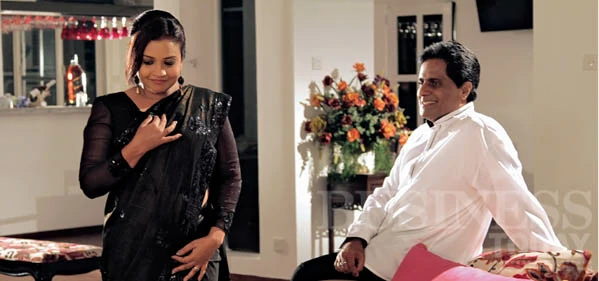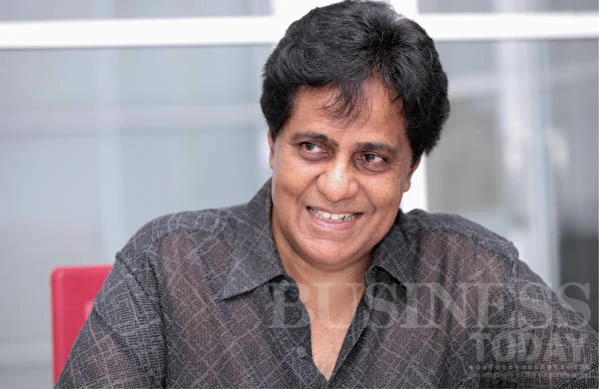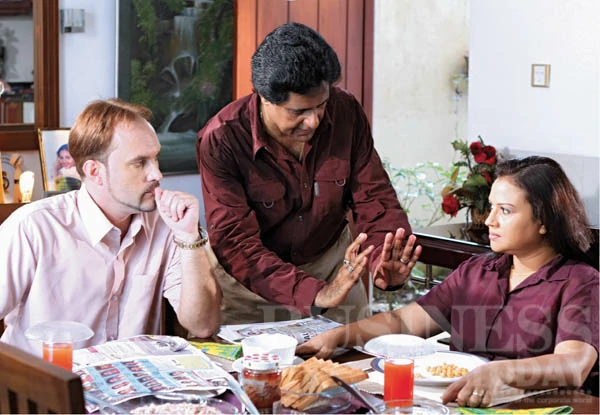
His second directional endeavour in film, Sanath Gunathilake talks about Sinahawa Atharin, a piece that explores the complexities of adult relationships and the interwoven Buddhist philosophy. While he himself takes on a challenging role as an actor, it is a story he believes contains at least a single incident that each viewer can relate to.
By Prasadini Nanayakkara
Nearly six years since his directional debut with the film Ekamath Eka Rataka, Sanath Gunathilake makes another foray into the cinematic sphere with Sinahawa Atharin. The first seeds of the film were sown on the set of Situ Kumariyo, when film producer Chaminda Perera related a story to him, based on true events. With the idea of turning the story into a film Sanath Gunathilake began working on the script. He penned the story and consulted the Ven Chief Incumbent of the Bellanwila Temple to ensure that he stayed true to the Buddhist philosophies that the film attempted to convey. However, it took seven years for the right time, opportunity and circumstances to take place so that the film could finally be made.
Although the true events of the story took place in Canada, the film was shot entirely in Sri Lanka and Sanath Gunathilake adjusted the story and events accordingly while remaining true to the narrative. The film is based around four characters whose lives are intertwined and become embroiled in the realities and complexities of adult relationships. “Although it is a love triangle, it is not a typical teenage love story, but it is something much deeper involving adult relationships,” states Sanath Gunathilake.
“I Can Guarantee That Anyone Who Sees This Film Is Sure To Find Some Moment Or Incident That They Can Draw Comparison To In Their Own Lives And That Is What Makes This Film Different”
The story revolves around its central, most significant character Kumari, which is played by Semini Iddamalgoda. Her marriage to a French man Richard, played by Chris Hendrix, sets the stage for the film. As their marriage becomes weighed down by cultural differences and conflicts in personalities and expectations, the story takes a turn when she meets Wimal, a character played by Sanath Gunathilake. As Kumari seeks solace in the caring and attentive nature of Wimal, their relationship progresses and as a result serves as the turning point in the film. The role of Kumari in particular is a complex and sensitive one, states Sanath Gunathilake who gave much thought over casting a suitable actress. “Semini proved to be the right choice as she understood the character well and I envisioned someone young and attractive,” he said. After casting for the most important role, Sanath Gunathilake ventured to cast the remaining roles. “It was only after casting the main role that I could decide on the other actors and actresses so that the right chemistry is created,” he explains further. His own character Wimal proved to be a challenging one, who eventually takes the spiritual path to become ordained as a monk. Another young actress cast in the film is Hasini Gonagala who plays the daughter of Kumari and Richard. Her character goes in search of answers at the beginning of the movie and paves the way for the rest of the film to unravel.
The filming was conducted in residential homes and at picturesque locations such as beside the Bolgoda Lake and in Bentota. These locations support the film’s story as they reflect the choices and preferences of the characters in the film. At the end of filming Sanath Gunathilake was left with one notable observation; “I can guarantee that anyone who sees this film is sure to find some moment or incident that they can draw comparison to in their own lives and that is what makes this film different,” he states. A must watch for newly weds and those who are hoping to get married, the film will be released this month.
